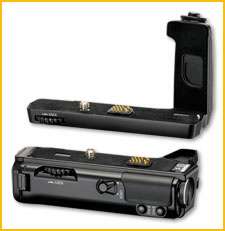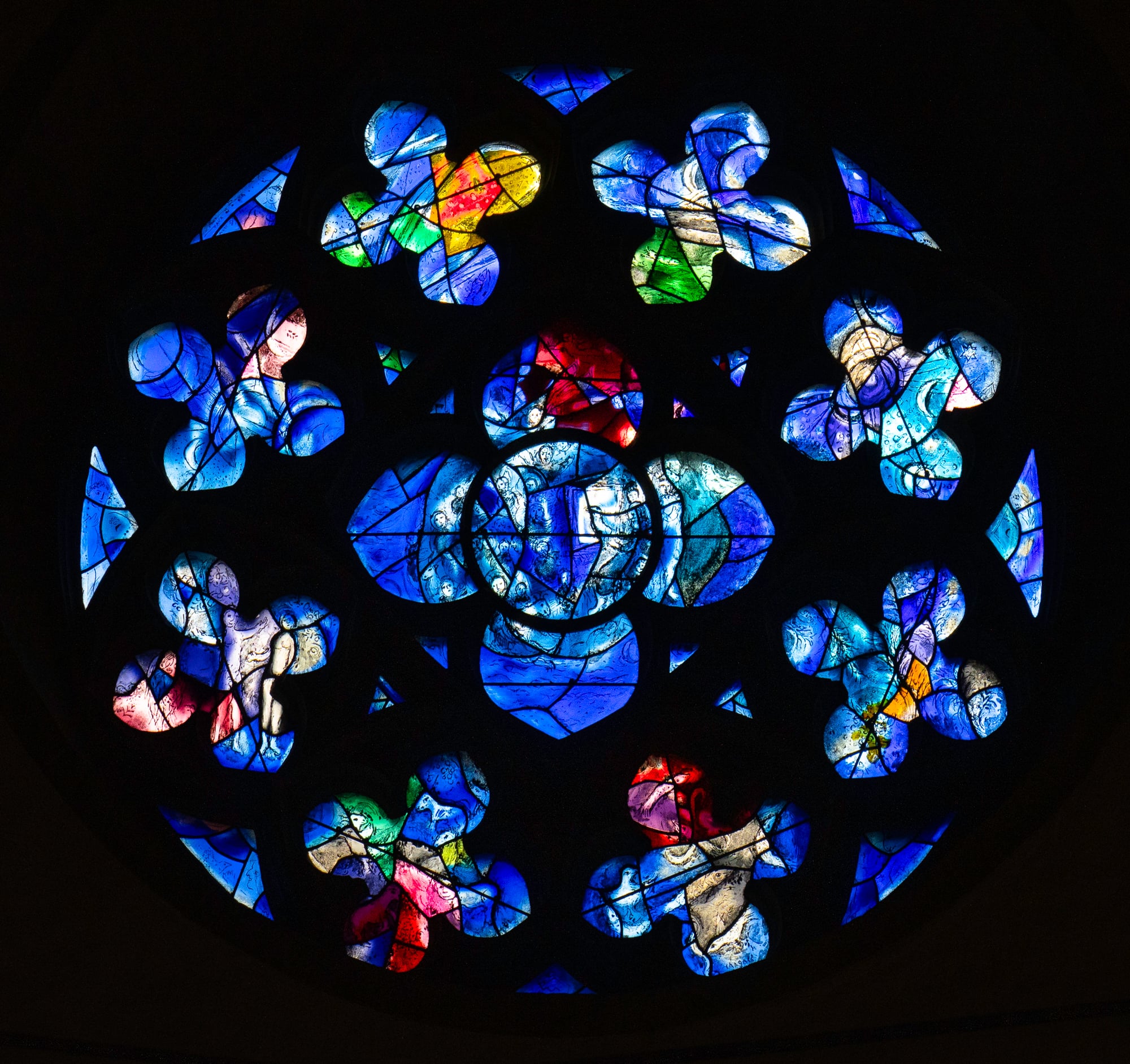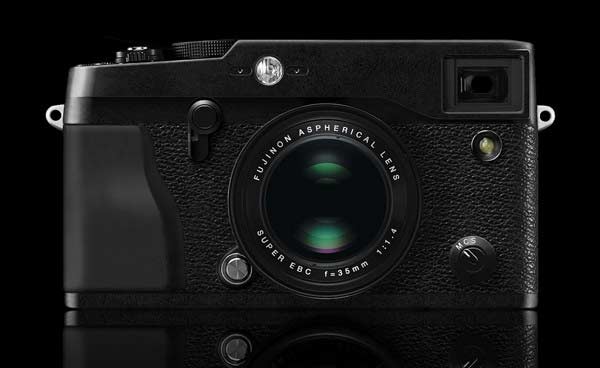
Some companies plod along, slowly incrementing the marketing bullet points with new models. These are usually the ones that have turf to protect and market share to hold onto. Other companies, hungry for position, and without entrenched products to protect are more willing to innovate and take risks.
Fuji is in the latter camp. When Nikon stopped supplying Fuji with DSLR bodies several year ago it looked like they might abandon the high-end market. But, the digicam market is vaporizing because of smartphones, so where to go? The enthusiast market is what Fuji has decided to pursue, and 2011 saw the first salvo in its attack on this segment, the very highly regarded X100.
New Fuji has followed up with the very desirableX-Pro1, the first in what is likely to be a series of interchangeable lens rangefinder-style large sensor cameras. Here are the main points about the X-Pro1…
– 16 Megapixel APS-C sized sensor
– No Optical Low-Pass filter. Unique 6X6 colour filter array with quasi-random distribution for elimination of moire and aliasing.

– Hybrid Multi Optical Viewfinder with variable magnification and superimposed EVF (similar to X100)
.37X and .6X optical magnifications, available automatically on lens change, or manually
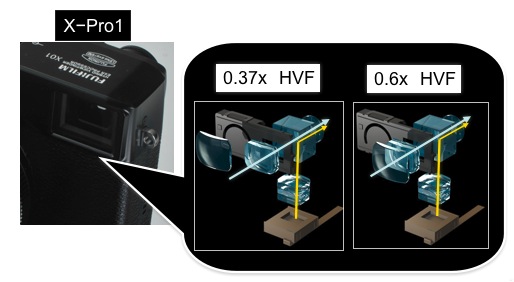
– New autofocus X-Mount lenses. Available Leica M Mount adaptor from Fuji .
– First three lenses are all fast primes…
18mm f/2(27 mm equivalent)
35mm f/1.4(53 mm equivalent)
60mm f/2.4 macro(90 mm equivalent)
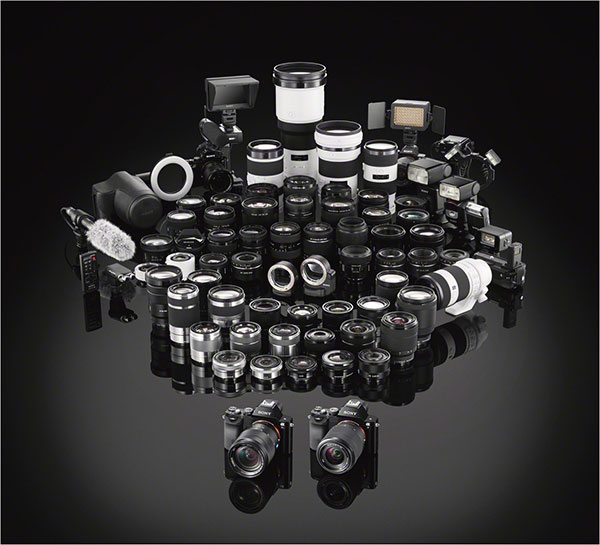
– Molded diaphragm blades will offer more circular apertures (better Bokeh) and less diffraction. Manual 1/3rd stop adjustments on lens ring.
– Extremely short back focus distance (17.7mm)
– Available accessory grip and flash
– All black finish body
|
|
 |
| HG-X | EF-X20 |
What to Expect
If you ever owned or used a Hasselblad X-Pan, then you have some idea of what to likely expect from the X-Pro1 body and lenses. In a word, or two – first rate build quality and optical excellence. Not only did Fuji help design and build the X-Pan but also the Hasselblad H series cameras and lenses.
If you have worked in the broadcast television industry, or shot large format film, you will be well aware of Fuji’s expertise and sterling reputation in lenses. Fuji is leveraging that capability with their lenses for the new X-Mount. These promise to be lenses of the first rank, and I can’t wait to get my hands on them to find out for myself and of course compare them with Leica M glass.
One thing that is obvious, because the lenses have manual aperture rings, as does the X100, and as was the case with the XPan, is that exposure setting is achieved the highly desirable way of using the top shutter speed dial together with the aperture ring. Both have A(utomatic) positions, so Aperture priority, Shutter priority or fully Automatic mode are all available at a glance, and with a simply twist of the wrist.
Price and Availability
At the time of announcement there is not yet a firm US price. My educated guess is that the X-Pro1 body will come in at around $1,700, and under $2,200 bundled with the 35mm f/1.4 lens. The other two lenses are likely to be priced around $500 or $600 each. First North American shipments are expected in very late February, or early March.
What Else Do We Know for Sure?
Video
The X-Pro will shoot video in 1920X1080P at 24 FPS. The codec is H264 and will produce .MOV files.Sounds sweet.
ISO
The camera’s base ISO is 200, and normal range goes to 6400. There is also an extended ISO range from 100 – 25,500. Auto ISO is available with maximums of 400 / 800 / 1600 /3200.
Bracketing and Frame Rates
AE Bracketing is available with ranges of (±1/3EV, ±2/3EV, ±1EV).Memo to Fuji – we need at least ±3EV for HDR work.
Two shooting rates are specified; 3FPS and 7FPS, though no mention yet of JPG vs raw speeds and buffer size.
That is about all we know for the moment. I expect to receive an X-Pro1 for testing soon, so watch out for updates.
Oh yes, one more thing. The X1-Pro does not use an organic sensor (whatever that is) as so many rumour sites have speculated. This is technology that Fuji has under development but it is apparently still some time away until commercial introduction.
January, 2012
Read this story and all the best stories on The Luminous Landscape
The author has made this story available to Luminous Landscape members only. Upgrade to get instant access to this story and other benefits available only to members.
Why choose us?
Luminous-Landscape is a membership site. Our website contains over 5300 articles on almost every topic, camera, lens and printer you can imagine. Our membership model is simple, just $2 a month ($24.00 USD a year). This $24 gains you access to a wealth of information including all our past and future video tutorials on such topics as Lightroom, Capture One, Printing, file management and dozens of interviews and travel videos.
- New Articles every few days
- All original content found nowhere else on the web
- No Pop Up Google Sense ads – Our advertisers are photo related
- Download/stream video to any device
- NEW videos monthly
- Top well-known photographer contributors
- Posts from industry leaders
- Speciality Photography Workshops
- Mobile device scalable
- Exclusive video interviews
- Special vendor offers for members
- Hands On Product reviews
- FREE – User Forum. One of the most read user forums on the internet
- Access to our community Buy and Sell pages; for members only.






